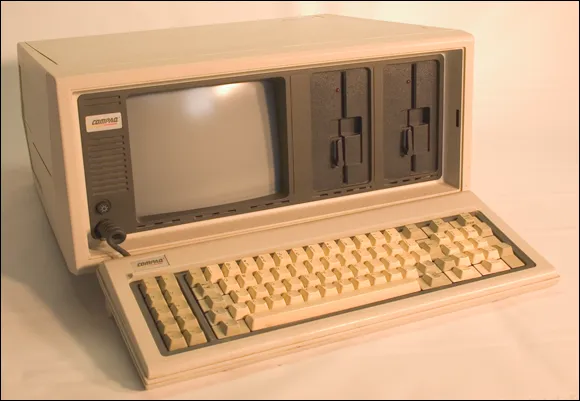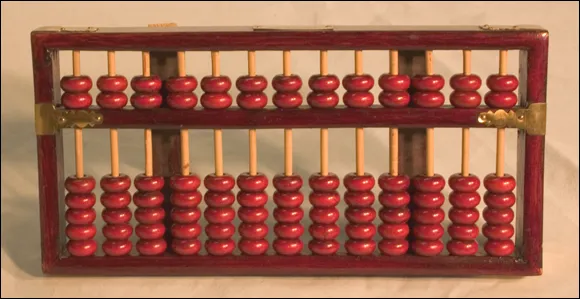You can’t make something portable by simply bolting a handle to it. Sure, it pleases the marketing folk, who are interested in things that sound good more than things that are practical. For example, you can put a handle on an anvil and call it portable, but that doesn’t make it so.
In the history of portable computing, these three things didn’t happen all at once, and definitely not in that order.
The Xerox Dynabook
The desire to take a computer on the road has been around a long, long time. Back around 1970, when Bill Gates was still in school and dreaming of becoming a chiropodist, Xerox PARC developed the Dynabook concept.
Today, you'd recognize the Dynabook as an eBook reader, similar to the Amazon Kindle: The Dynabook was proposed to be the size of a sheet of paper and only a half-inch thick. The top part was a screen; the bottom, a keyboard.
The Dynabook never left the lab, remaining only a dream. Yet the desire to take a computer on the road wouldn't go away. During the three decades after the Dynabook concept fizzled, many attempts were made to create truly portable computers.
The Osborne 1
The first successful portable computer was the Osborne 1, created by computer book author and publisher Adam Osborne in 1981. Adam believed that in order for personal computers to be successful, they must be portable.
His design for the Osborne 1 portable computer was ambitious for the time: The thing needed to fit under an airline seat — and this was years before anyone would even dream of using a computer on an airplane.
The Osborne 1 portable computer, shown in Figure 1-1, was a whopping success. It featured a full-size keyboard and two 5¼-inch floppy drives but only a teensy, credit-card-size monitor. It wasn't battery powered, but it did have a handy carrying handle so that you could lug around the 24-pound beast like an overpacked suitcase. Despite its shortcomings, 10,000 units a month were sold; for $1,795, you got the computer plus free software.
The loveable luggables
The Osborne computer was barely portable. Face it: The thing was a suitcase! Imagine hauling the 24-pound Osborne across Chicago's O'Hare Airport. Worse: Imagine the joy expressed by your fellow seatmates as you try to wedge the thing beneath the seat in front of you.
Computer users yearned for portability. They wanted to believe the advertising images of carefree people toting the Osborne around — people with arms of equal length. But no hipster marketing term could mask the ungainly nature of the Osborne: Portable? Transportable? Wispy? Nope. Credit some wag in the computer press for dreaming up the term luggable to describe the new and popular category of portable computers ushered in by the Osborne.
Never mind its weight. Never mind that most luggable computers never ventured from the desktops they were first set up on — luggables were the best the computer industry could offer an audience wanting a portable computer.
In the end, the Osborne computer’s weight didn’t doom it. No, what killed the Osborne was that in the early 1980s the world wanted IBM PC compatibility. The Osborne lacked it. Instead, the upstart Texas company Compaq introduced luggability to the IBM world with the Compaq 1, shown in Figure 1-2.
The Compaq Portable (also called the Compaq 1), introduced in 1983 at $3,590, proved that you could have your IBM compatibility and haul it on the road with you — as long as a power socket was handy and you had good upper-body strength.
Yet the power cord can stretch only so far. It became painfully obvious that for a computer to be truly portable — as Adam Osborne intended — it would have to lose its power cord.
The Model 100
The first computer that looked even remotely like a modern laptop, and was fully battery powered, was the Radio Shack Model 100, shown in Figure 1-3. It was an overwhelming success.








